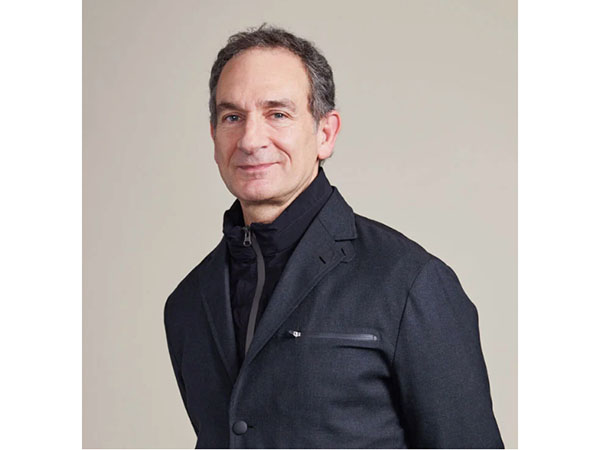News - Advertising
Advertising Awards: Counting the Costs
by Iain Akerman
April 7, 2017
.jpg) Advertisement
AdvertisementBack in 2009, an erroneously sent email revealed the details of 9,795 entries submitted to the One Show in New York. It also revealed how much had been spent on those submissions by advertising agencies.
It was an embarrassment for the organisers, with a spreadsheet detailing a total cost of $3.5 million, with an average cost per entry of $358. In 2008, the One Show received a total of 26,000 entries, so you can do the maths to work out the total amount of potential money involved.
Of all those agencies listed in the spreadsheet, BBDO was the biggest spender. Its offices accounted for more than 750 of the entries and more than $250,000 of the expenditure. Leo Burnett was second, having spent around $150,000 to enter 400 different pieces of work.
The quantities of money involved in awards shows sometimes beggars belief. For example, in 2014 Advertising Age in the US detailed some of the costs involved at Cannes. It revealed that a media agency can spend between $16,000 and $84,000 just to get a single entry Cannes-ready, while one agency spent $85,000 on entries alone. That’s before you figure in the costs per delegate ($10,000), the cost of a duplicate grand prix ($3,372), one night at the Prestige Suite at the Intercontinental Carlton ($4,275), and the daily charter of a yacht ($13,000).
In short, agencies spend millions of dollars on awards shows and their affiliated costs in an attempt to differentiate themselves from other agencies.
The Dubai Lynx is no different. Some of the big networks submit hundreds of entries, paying anything from $399 to $640 per entry, depending on the category entered and the date. (Early bird fees applied before 24 January this year).
Assuming one agency had 400 entries at the lowest possible price, that would equate to just over $150,000. Two hundred entries would equate to $80,000.
On top of that, the same amount at least will have been spent on preparing the entries – editing, printing, the preparation of boards, and obviously the sometimes outright paying for entries that clients aren’t actually paying for.
This is all well and good, agencies argue, as awards are perhaps the only means at their disposal to ‘prove’ excellence. However, because of the financial muscle required to enter – and particularly to win either agency of the year or network of the year – awards shows benefit most those with the deepest pockets.
The industry in the region is kidding itself if it thinks this celebration of random work is good for the industry. Who is it rewarding?
By not limiting the amount of shortlists, Dubai Lynx is in effect as much an indication of financial muscle and commitment as it is creativity, as is Cannes, because statistically speaking there is a direct correlation between number of entries and agency placing. This has been true for the past decade.
It’s why, unlike some other awards, onlookers can be surprised at the agency placings. After spending a whole evening watching who goes on stage on the night for golds and grands prix, you could hear far fewer mentions of the agency that then ends up being agency of the year.
“The sheer quantity of ‘work that has never been seen before’ means that it’s hard to predict any winners as the pundits this year found out,” one agency insider told ArabAd. “If you look at what was predicted to win before the Lynx, there was much mention of Visa, Snickers and Centrepoint that did not win as big as had been predicted, hoped, or one would expect.
“The industry in the region is kidding itself if it thinks this celebration of random work is good for the industry. Who is it rewarding? The $200,000 that could have been spent on extra staff or pay rises is definitely not benefitting clients. The creatives responsible for the work aren’t getting poached by the world’s top agencies. Senior management at holding companies and global and regional heads keep their jobs whilst everyone else seems to do a lot worse out of it.”



.jpg)





.jpg)




